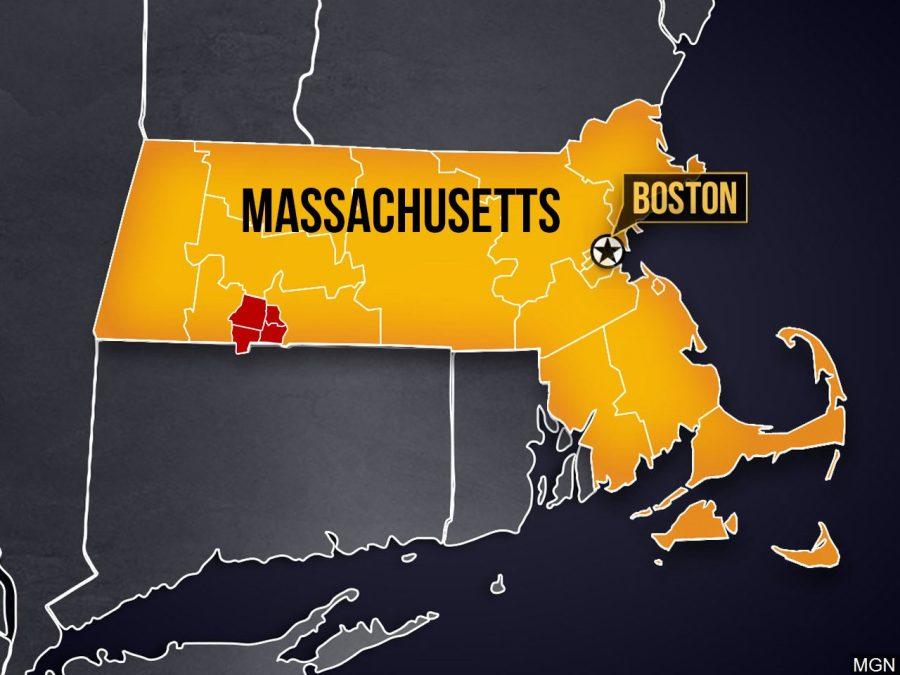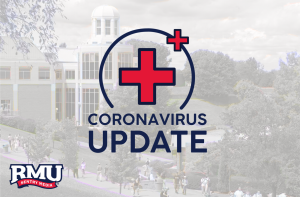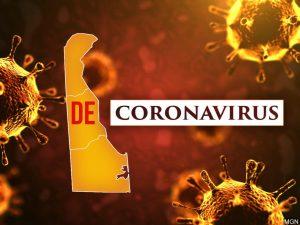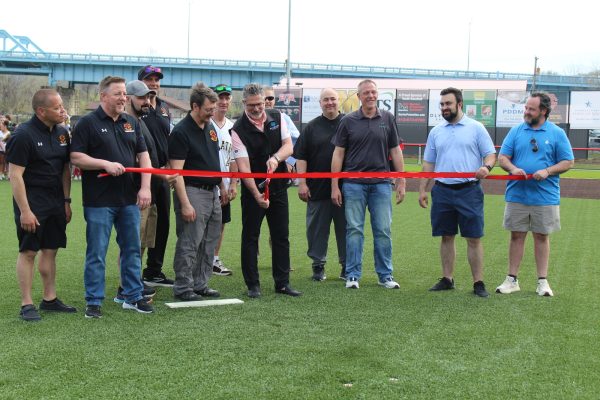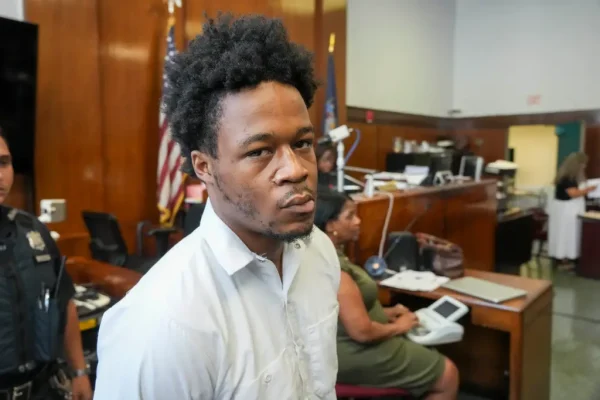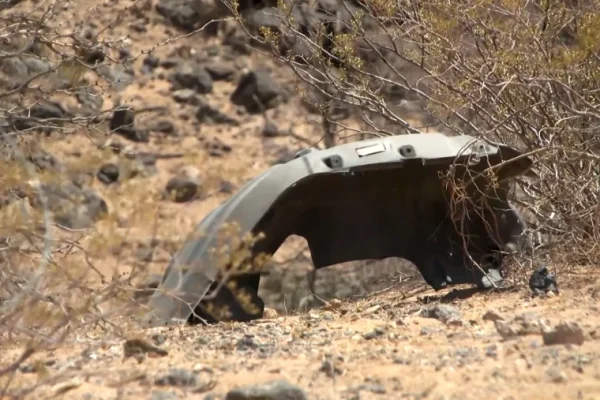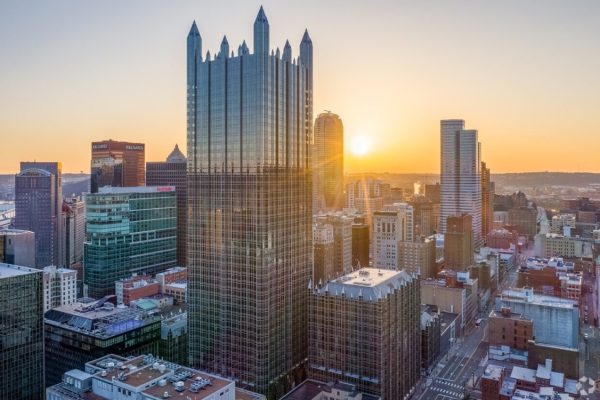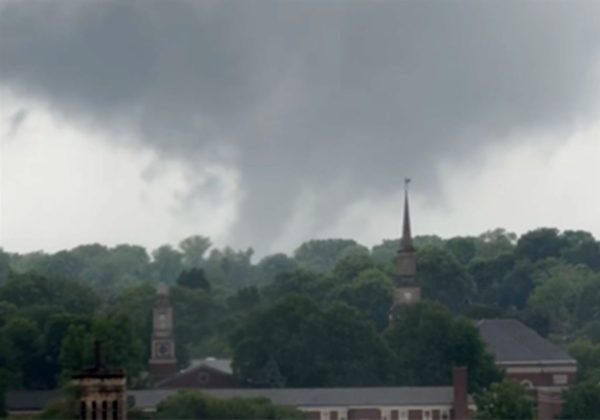COVID-19 across the country: Western PA vs MA
Editor’s Note: Here at RMU Sentry Media, our writers come from all over the nation and the state of Pennsylvania. The COVID-19 pandemic has impacted all of those areas differently. During their time at home over break, some of our writers dove into how the pandemic has changed the place that they call home. Over the next few weeks, our writers will share a few of these stories. This article comes from Hannah Shiflett who spends half of her time in Massachusetts. She brought her knowledge to us and compared her experiences between her two homes.
MASSACHUSETTS– It has been almost a year since the state of Pennsylvania and Massachusetts have gone into overdrive in the fight against COVID-19.
On Feb. 1, 2020, State Health officials of Massachusetts announced that they had received their first case of Covid-19 and 8th in the United States (US). It wouldn’t be until March 6th in a press release from Pennsylvania Gov. Tom Wolf (Dem) to announce the first two presumptive positive cases. Both of these infections have now led the two states to take different precautionary measures in protecting their citizens.
Measures to start fighting against Covid-19 began Feb. 1, when the PA Department of Health (DOH) activated the Pennsylvania Emergency Management Agency (PEMA). With communications between DOH and PHEMA, the monitoring of the spread of COVID-19 began and so did the development of plans to prevent the spread of the virus. By the time of the first case, counties across PA that had become infected began to close down, until March 13. On that date, Gov. Wolf put all public schools into shutdown to slow the spread of Covid-19.
March 19 marked the first day of PA possibly going into a shut down when all non-essential businesses such as restaurants, beauty salons, spas, and gyms were closed. A week later Gov. Wolf declared multiple counties into a “stay-at-home” order over that week until April 1 when the whole state was put on that order.
PA later became one of the first states to receive money from the Federal Emergency Management Agency (FEMA) to begin their work on protecting the community. This emergency fund of money would begin the spread of PPE (Personal protective equipment) for all working businesses and hospitals while the world began to work on a future COVID-19 vaccine. During the same time of this funding, Gov. Wolf put a universal mask mandate regardless of social distance on the state on April 3.
On March 10, 2020, Gov. Charlie Baker (Rep) declared a state of emergency, allowing the government to begin action against COVID-19. The following day, MA allowed the licensing of nurses from other states to be completed within one day. Over the course of the month, Gov. Baker put cautionary measures to limit the exposure of COVID-19 to nursing homes and suspended mass gatherings of more than 250 people. March 15 marked the day as the first temporary closure for K-12 schools which was later pushed to last until the end of the academic year. Within the same day, public gatherings were then limited to 25 people or less as was done in PA.
By March 23, the state pushed all non-essential businesses to close and limited gatherings to 10 people. Over the course of April, extensions to the closing of businesses, and schools, as well as extensions to licensing permits to medical personnel. Gov. Baker wouldn’t push for a mask mandate until May 1, where people would be required to wear a mask provided if they could not social distance; this Order would not be revised until Nov. 2.
The Differences:
Over the course of five months by traveling between the two states, the restrictions have been quite extensive. As living between both PA and MA having the constant check-up of travel restrictions, and demand to have a COVID-19 test are things that most travelers are stressing about. Despite now having a COVID-19 vaccine, life has not gotten easier for residents of PA and MA.
In PA, there has been echoing frustration regarding business shut-downs, whereas people in MA are learning to adapt to wearing masks in public at all times. In regards to mask mandate, depending upon which business one enters, and their location, one can either find that all customers and employees are wearing a mask properly (covering both the nose and mouth) or not.
While living in the US, the growing number of deaths related to COVID-19 has caused both states to react stronger against the virus in order to protect their citizens. Despite the rises in cases, rural areas, such as the outskirts of Moon Township and areas like Taunton, Brockton, and the neighboring area of Cape Cod, can see more people not wearing a mask properly or as often. Alternatively, when entering major areas like Pittsburgh, Boston, Plymouth, and Province Town, there seems to be a surge of people wearing masks. As COVID-19 continues to expand, more areas are now putting in designated mask zones. These areas can be seen in parts of downtown Province Town, Salem, Boston, and Pittsburgh.
Regardless of the two vastly different states, both governors have gone to great lengths to protect their citizens as they see fit. From their mask mandates, the closing of schools, and limitations of public gatherings and travel restrictions, both have helped to slow the spread of the virus. With the now coming vaccine, both governors have said to ensure that their citizens do not let their guard down by breaking social distancing rules and not wearing a mask.
It is easy for many citizens to let their guard down with this new vaccine, but people should note that much of the country will most likely not gain immunity until well into 2021. The US is currently seeing a low amount of vaccines available to states in the US, due to the Trump administration denying purchases of the Pfizer-BioNTechfizer vaccine during the summer.
Now that the FDA has validated both Pfizer-BioNTech and Moderna vaccines, the Trump administration has now finally purchased additional 100 million vaccines that could have been bought months ago. Now, regardless of this vaccine, selected groups such as the elderly, disabled, frontline workers and those ill will be getting the vaccine first and the government will then decide who will get it after.
Dr. Anthony Fauci has said by the time the country will reach herd immunity of between 75% to 80% of the country won’t be until the end of 21. Therefore the need to continue to wear a mask will be greatly needed for the rest of 2020 and well into 2021.
You can read more about who is eligible for phase 1a of COVID-19 vaccinations, here.



